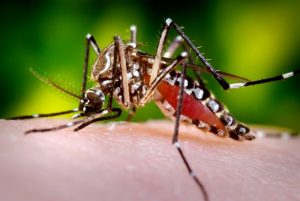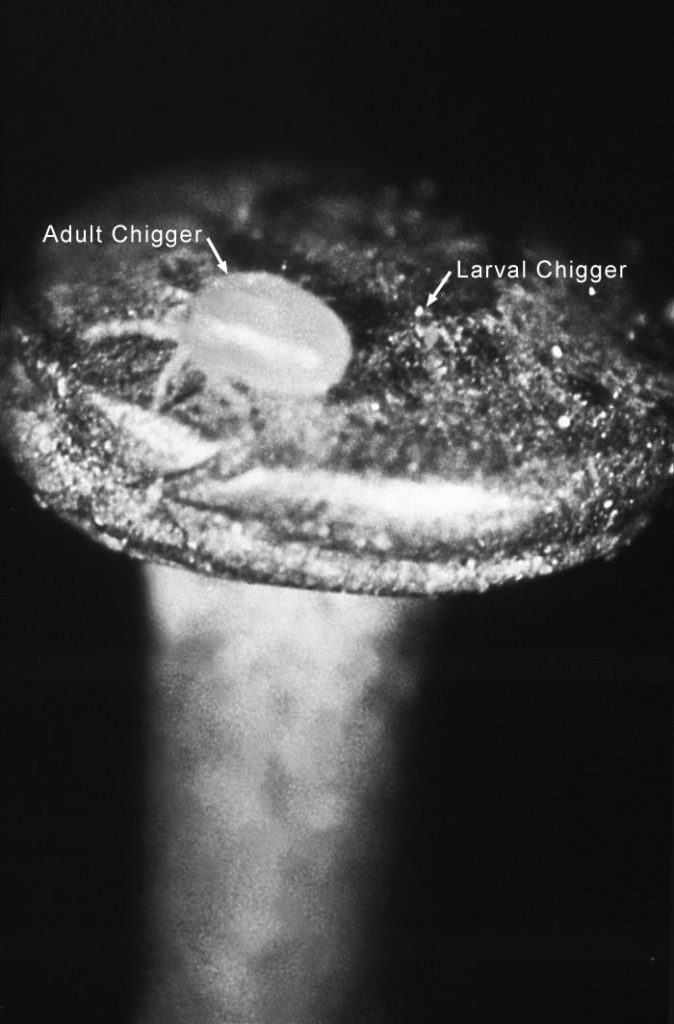By NewsDesk @infectiousdiseasenews
Dengue fever

Dengue fever cases are spiking in Nepal according to the Epidemiology and Disease Control Division (EDCD).
Through this past week, 5,096 people have been diagnosed with the mosquito-borne infection across the country, including six fatalities.
Dengue has spread to over 56 of the 77 districts of Nepal with Kathmandu and Chitwan recording the most cases, with 1,170 and 728, respectively.
Scrub typhus
A scrub typhus outbreak has been reported in Sudurpaschim Province, according to the Himalayan Times.

Head of the Health Branch at the State Ministry of Social Development, Narendra Karki says at least 138 people have tested positive for scrub typhus in Sudurpaschim Province and those affected are growing in numbers. Two deaths have been recorded.
Scrub typhus, caused by the bacterium Orientia tsutsugamushi, which is transmitted by chiggers encountered in high grass and brush, is endemic in northern Japan, Southeast Asia, the western Pacific Islands, eastern Australia, China, maritime areas and several parts of south-central Russia, India, and Sri Lanka. More than 1 million cases occur annually.
After being bitten by the chigger, an eschar will form over the bite, and the incubation period usually ranges from 9 to 12 days. Subsequently, symptoms such as fever, headache, sweating and swelling or inflammation of the lymph gland will begin to develop.
After having had fever for about 1 week, a dark red papule will appear in the trunk, spread to extremities, and disappear after several days.
Complications of untreated scrub typhus include swelling of the lungs, brain encephalitis, renal failure or even heart problems.
- Thailand reports 14 measles deaths in 2019 to date, Dengue cases near 90K
- Burkholderia cepacia cluster in Hong Kong: Scores affected
- Guam: More local dengue transmission confirmed
- Naegleria fowleri: The PAM protocol with Dr Juan Dumois
- Spain reports dengue local transmission in Catalonia
- Namibia reports CCHF case in Omusati region
- HHS supports development of investigational Ebola treatment
- Roche Babesia test receives FDA approval
- Trump signs flu vaccine executive order

